Karlheinz Stockhausen
Spiral (Integrale Version) 2CD
Karlheinz Stockhausen – Spiral was composed in 1968 while Stockhausen was living in Connecticut (United States). It was developed through his association with a guitarist student, Michael Lorimer, and originally dedicated to him (tho never performed by him). Spiral had it's greatest success when it was premiered by the oboist Heinz Holliger (and subsequently performed more than 1300 times!) at the Osaka 1970 World's Fair Expo in Stockhausen's own performance pavilion, a speaker-lined spherical building where Stockhausen could literally send the oboe and shortwave sounds "spiraling" around the room (right).
The basic idea for Spiral is that after an initial period of random shortwave radio tuning, the performer mimics a chosen radio sound (or station), and then develops this interpretation through addition and reduction of different musical elements, such as duration, register and volume. Since shortwave radio is naturally mired in static and "noise", the performer can get pretty creative as to how exactly he executes the instructions.
This piece falls into the same kind of category as Stockhausen's other "controlled improvisation" scores (sometimes called "process plan" pieces), where the score has symbolic "plus-minis" notation instead of traditional noteheads on staffs. The ultimate result of these kinds of works would later come in the form of AUS DEN SEBEN TAGEN, which is based entirely on text instructions only.
"Stockhausen wants the short wave event to fuse completely with the instrument / voice. After the first event the composer calls for an even distribution of short wave events and other events, but much freedom is allowed here. The score carries notations of the characteristics mentioned in last paragraph, which are to be considered according to the consecutive order of the transformation signs laid down by Stockhausen. The short wave event should be imitated to the limit of the players talent, and retained on over into the next event, until replaced by the next short wave sound that emerges.
During this whole progression the player should actively – but silently – turn the dial to find a short wave occurrence that corresponds to the relative pitch register notated in the score. This sounds like a tough feat for anyone, but I suppose the players that played with Stockhausen during these recordings were characters of steel and mist, up to anything for the sake of art, and the result on these recordings is amazing; brutal and sophisticated all at once, like a computer in a cave, or something like that. The score even asks the player to articulate the searching process itself.
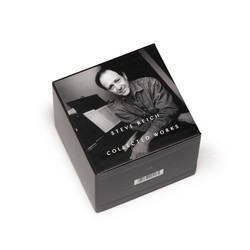

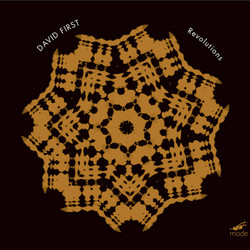
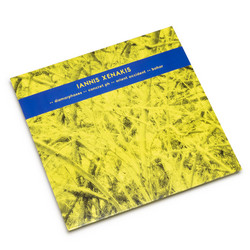

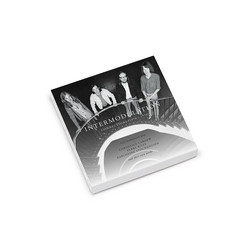



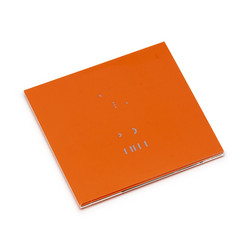
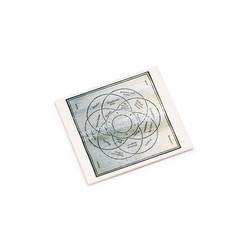
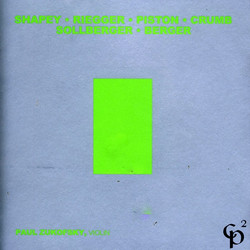
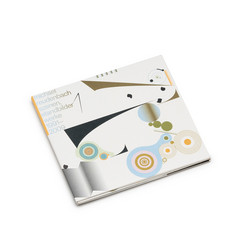
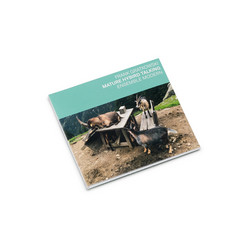
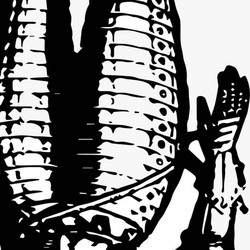
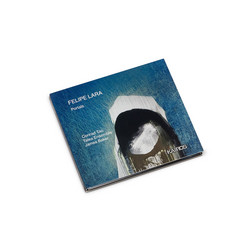
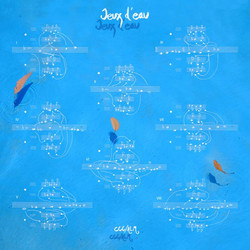
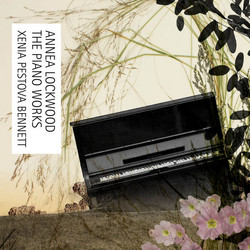

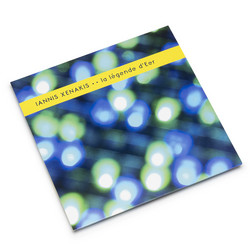

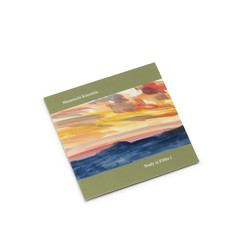

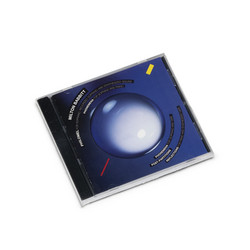



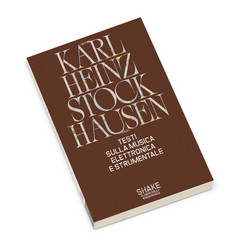
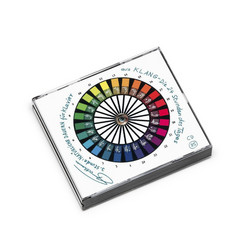
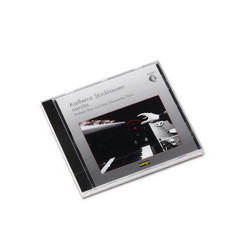
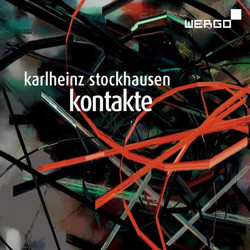
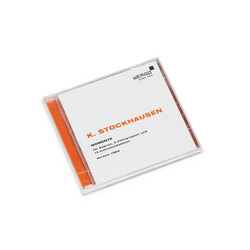

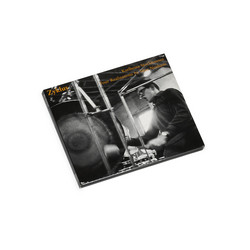


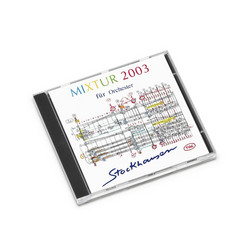
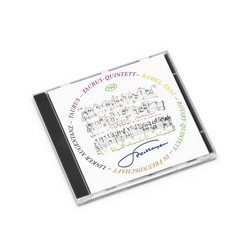

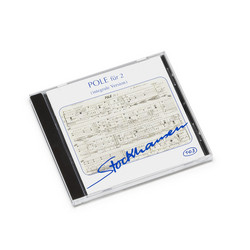
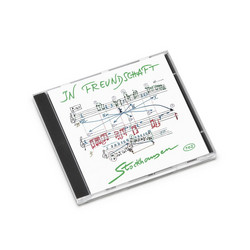
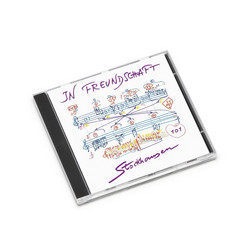
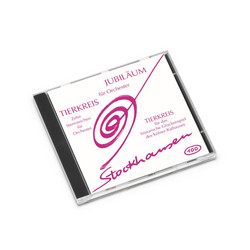
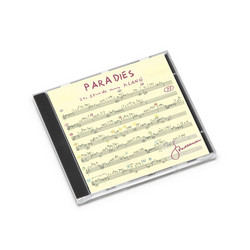
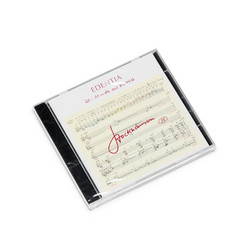
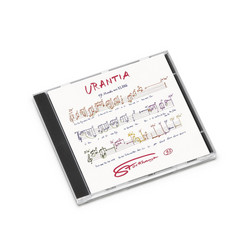


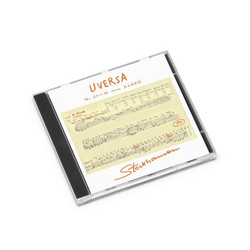
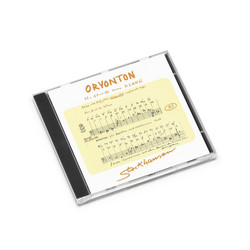

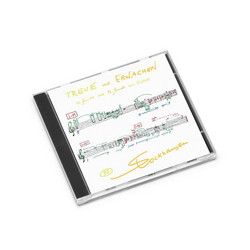
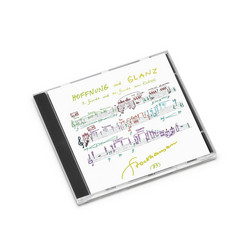
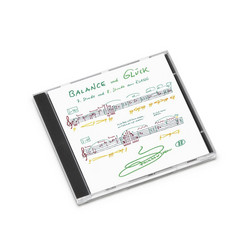
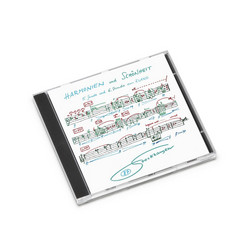
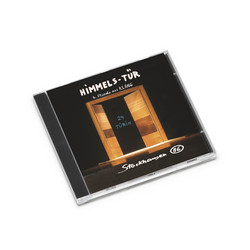

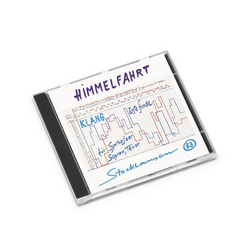
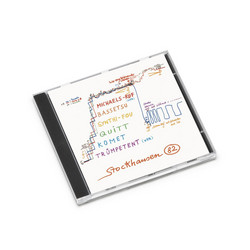
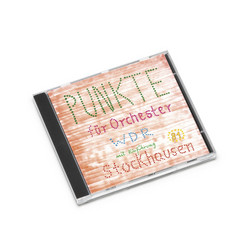




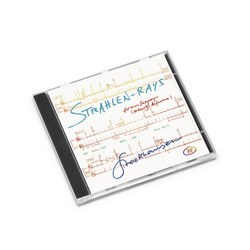

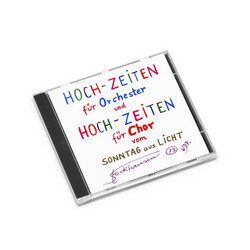
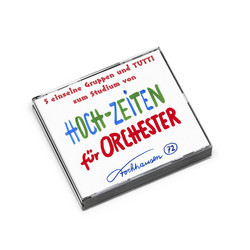
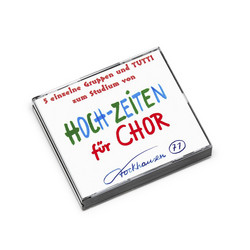

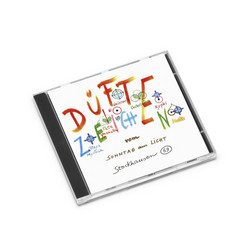
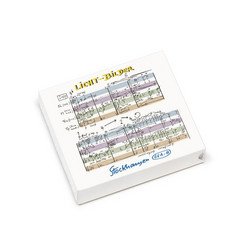
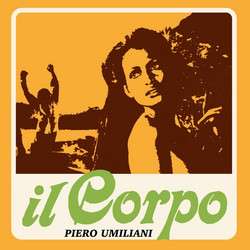
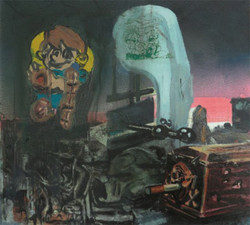

![Boto [Encantado]](https://cdn.soundohm.com/data/products/017/boto-encantado.jpg.250.jpg)